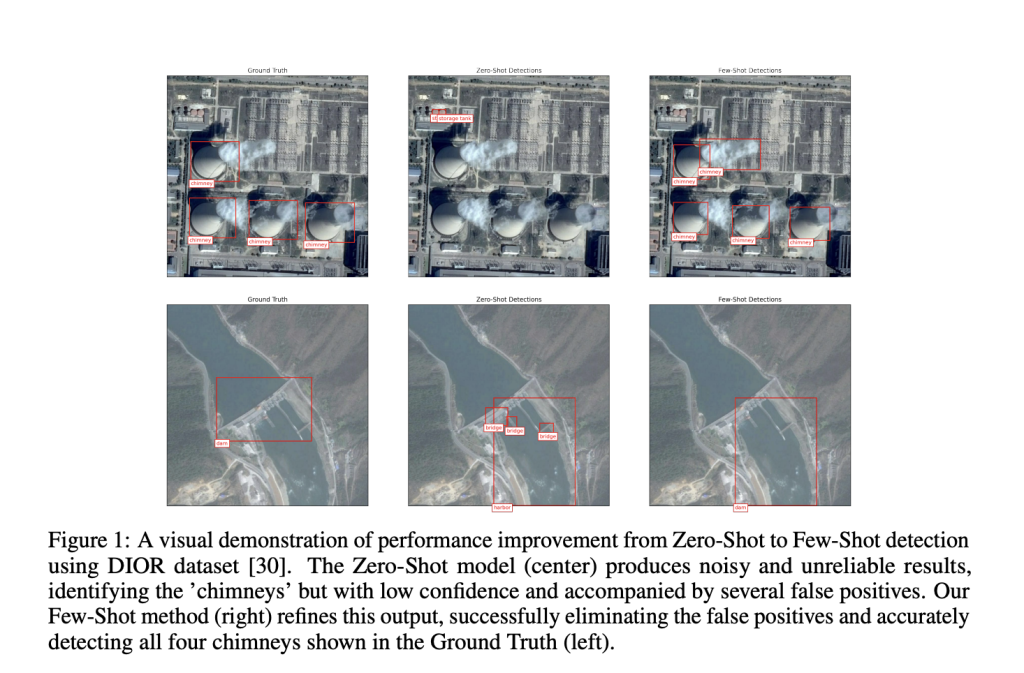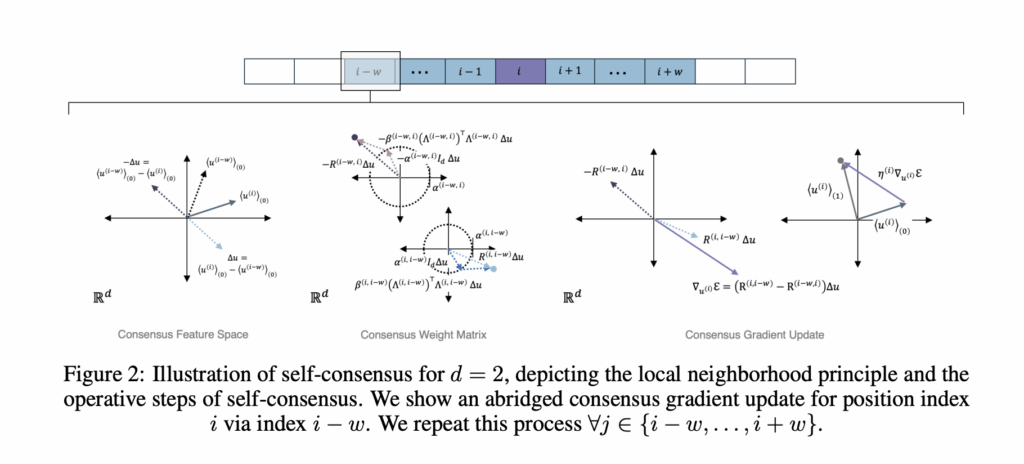OpenAI launches company knowledge in ChatGPT, letting you access your firm’s data from Google Drive, Slack, GitHub
Is the Google Search for internal enterprise knowledge finally here…but from OpenAI? It certainly seems that way. Today, OpenAI has launched company knowledge in ChatGPT, a major new capability for subscribers to ChatGPT’s paid Business, Enterprise, and Edu plans that lets them call up their company’s data directly from third-party workplace apps including Slack, SharePoint, Google Drive, Gmail, GitHub, HubSpot and combine it in ChatGPT outputs to them. As OpenAI’s CEO of Applications Fidji Simo put it in a post on the social network X: “it brings all the context from your apps (Slack, Google Drive, GitHub, etc) together in ChatGPT so you can get answers that are specific to your business.” Intriguingly, OpenAI’s blog post on the feature states that is “powered by a version of GPT‑5 that’s trained to look across multiple sources to give more comprehensive and accurate answers,” which sounds to me like a new fine-tuned version of the model family the company released back in August, though there are no additional details on how it was trained. Nonetheless, company knowledge in ChatGPT is rolling out globally and is designed to make ChatGPT a central point of access for verified organizational information, supported by secure integrations and enterprise-grade compliance controls, and give employees way faster access to their company’s information while working. Now, instead of toggling over to Slack to find the assignment you were given and instructions, or tabbing over to Google Drive and opening up specific files to find the names and numbers you need to call, ChatGPT can deliver all that type of information directly into your chat session — if your company enables the proper connections. As OpenAI Chief Operating Officer Brad Lightcap wrote in a post on the social network X: “company knowledge has changed how i use chatgpt at work more than anything we have built so far – let us know what you think!” It builds upon the third-party app connectors unveiled back in August 2025, though those were only for individual users on the ChatGPT Plus plans. Connecting ChatGPT to Workplace Systems Enterprise teams often face the challenge of fragmented data across various internal tools—email, chat, file storage, project management, and customer platforms. Company knowledge bridges those silos by enabling ChatGPT to connect to approved systems like, and other supported apps through enterprise-managed connectors. Each response generated with company knowledge includes citations and direct links to the original sources, allowing teams to verify where specific details originated. This transparency helps organizations maintain data trustworthiness while increasing productivity. OpenAI confirms that company knowledge uses a version of GPT-5 optimized for multi-source reasoning and cross-system synthesis, providing detailed, contextually accurate results even across disparate sources. Built for Enterprise Control and Security Company knowledge was designed from the ground up for enterprise governance and compliance. It respects existing permissions within connected apps — ChatGPT can only access what a user is already authorized to view— and never trains on company data by default. Security features include industry-standard encryption, support for SSO and SCIM for account provisioning, and IP allowlisting to restrict access to approved corporate networks. Enterprise administrators can also define role-based access control (RBAC) policies and manage permissions at a group or department level. OpenAI’s Enterprise Compliance API provides a full audit trail, allowing administrators to review conversation logs for reporting and regulatory purposes. This capability helps enterprises meet internal governance standards and industry-specific requirements such as SOC 2 and ISO 27001 compliance. Admin Configuration and Connector Management For enterprise deployment, administrators must enable company knowledge and its connectors within the ChatGPT workspace. Once connectors are active, users can authenticate their own accounts for each work app they need to access. In Enterprise and Edu plans, connectors are off by default and require explicit admin approval before employees can use them. Admins can selectively enable connectors, manage access by role, and require SSO-based authentication for enhanced control. Business plan users, by contrast, have connectors enabled automatically if available in their workspace. Admins can still oversee which connectors are approved, ensuring alignment with internal IT and data policies. Company knowledge becomes available to any user with at least one active connector, and admins can configure group-level permissions for different teams — such as restricting GitHub access to engineering while enabling Google Drive or HubSpot for marketing and sales. How Company Knowledge Works in Practice Activating company knowledge is straightforward. Users can start a new or existing conversation in ChatGPT and select “Company knowledge” under the message composer or from the tools menu. After authenticating their connected apps, they can ask questions as usual—such as “Summarize this account’s latest feedback and risks” or “Compile a Q4 performance summary from project trackers.” ChatGPT searches across the connected tools, retrieves relevant context, and produces an answer with full citations and source links. The system can combine data across apps — for instance, blending Slack updates, Google Docs notes, and HubSpot CRM records — to create an integrated view of a project, client, or initiative. When company knowledge is not selected, ChatGPT may still use connectors in a limited capacity as part of the default experience, but responses will not include detailed citations or multi-source synthesis. Advanced Use Cases for Enterprise Teams For development and operations leaders, company knowledge can act as a centralized intelligence layer that surfaces real-time updates and dependencies across complex workflows. ChatGPT can, for example, summarize open GitHub pull requests, highlight unresolved Linear tickets, and cross-reference Slack engineering discussions—all in a single output. Technical teams can also use it for incident retrospectives or release planning by pulling relevant information from issue trackers, logs, and meeting notes. Procurement or finance leaders can use it to consolidate purchase requests or budget updates across shared drives and internal communications. Because the model can reference structured and unstructured data simultaneously, it supports wide-ranging scenarios—from compliance documentation reviews to cross-departmental performance summaries. Privacy, Data Residency, and Compliance Enterprise data protection is a central design element of company knowledge. ChatGPT processes data in line with OpenAI’s




